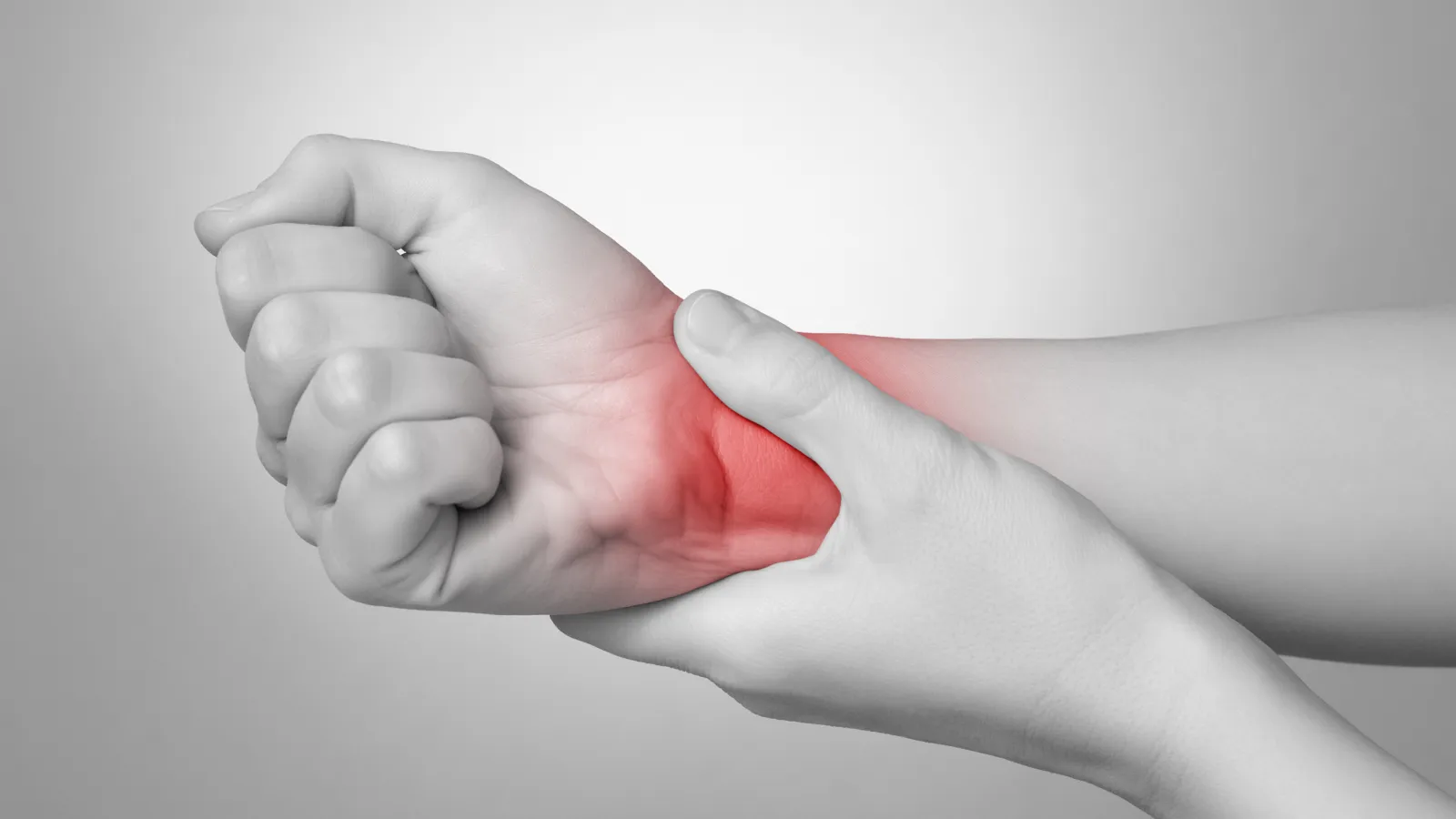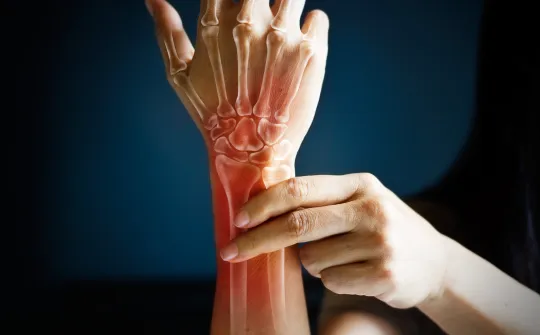
Wrist Fracture
Restore Comfort and Function after a Wrist Fracture
The wrist contains several tiny bones. If one or more of these bones fractures, treatment must be sought out immediately. Delayed treatment could result in permanent discomfort, stiffness, or deformity, making it difficult for patients to perform routine daily tasks. A wrist fracture can cause immense pain and limited hand movement but treatment can provide relief. At our Leander, TX, office or other locations throughout Austin, our orthopedic specialists can treat a fractured wrist through both nonsurgical and surgical treatments.
Delayed treatment could result in permanent effects, making it difficult for patients to perform routine daily tasks.

Our Hand, Wrist, and Elbow Expert
Symptoms & Causes of Wrist Fractures
There are several warning signs that indicate a wrist fracture has occurred. For example, a broken wrist may cause:
- Severe pain, which may be exacerbated by gripping or squeezing motions
- Tenderness of the wrist
- Swelling or inflammation
- Bruising
- Stiffness or immobility
- Deformity, such as a bent wrist
- Numbness or tingling in the fingers or hand
A broken wrist can occur due to a number of factors. Some of the most common causes include:
- Falls: The most common cause of wrist fractures is falling onto an outstretched hand.
- Vehicular accidents: Car crashes, cycling accidents, and similar events can result in wrist fractures. Unfortunately, these types of accidents often result in multiple fractures.
- Sports-related injuries: Any sport can increase the risk for wrist fractures. However, activities that potentially involve falling onto an outstretched arm - such as snowboarding, skateboarding, or in-line skating - carry the greatest risk.
It is important to note that individuals with osteoporosis are much more likely to suffer a wrist fracture. In these cases, prevention is key.
Non-Surgical Treatment Options
To confirm a wrist fracture, your doctor will perform a thorough assessment of the affected hand. This generally includes diagnostic imaging, such as x-rays, CT (computed tomography) scans, or an MRI (magnetic resonance imaging). These images provide unparalleled detail and aid our team in providing an accurate diagnosis and appropriate treatment.
Based on the gathered information, your doctor might recommend:
Immobilization
Medications
Physical Therapy
When is Surgery Necessary?
Depending on the severity of the fracture, surgery may be recommended. During this process, the bones may be stabilized with plates, screws, or pins. Additionally, a bone graft may help promote healing. Surgical intervention is usually required if you have:
- A displaced fracture in which the bones have moved out of alignment
- An open fracture that has pierced the skin
- Loose bone fragments
- Fractures that extend into a nearby joint
- Damage to the nerves or ligaments around the break

